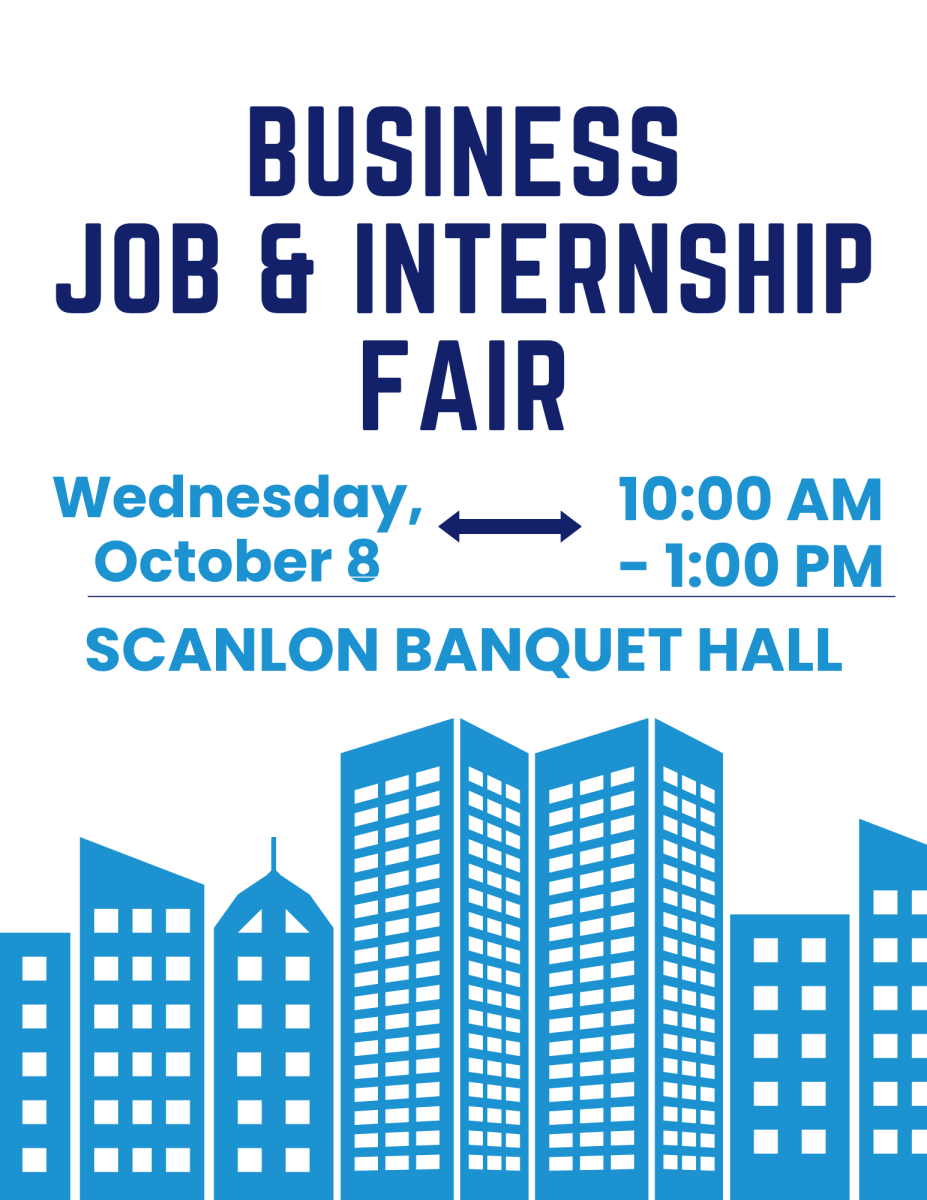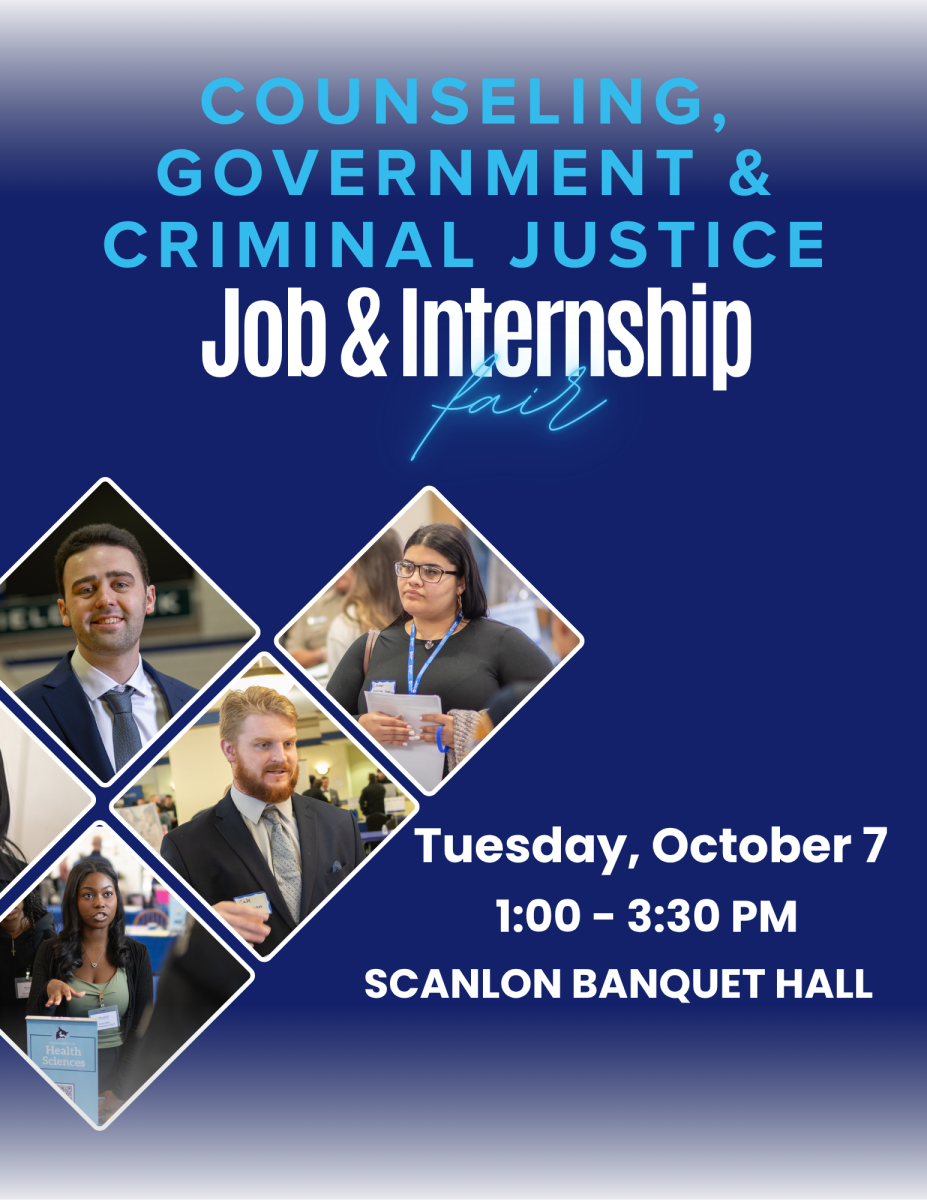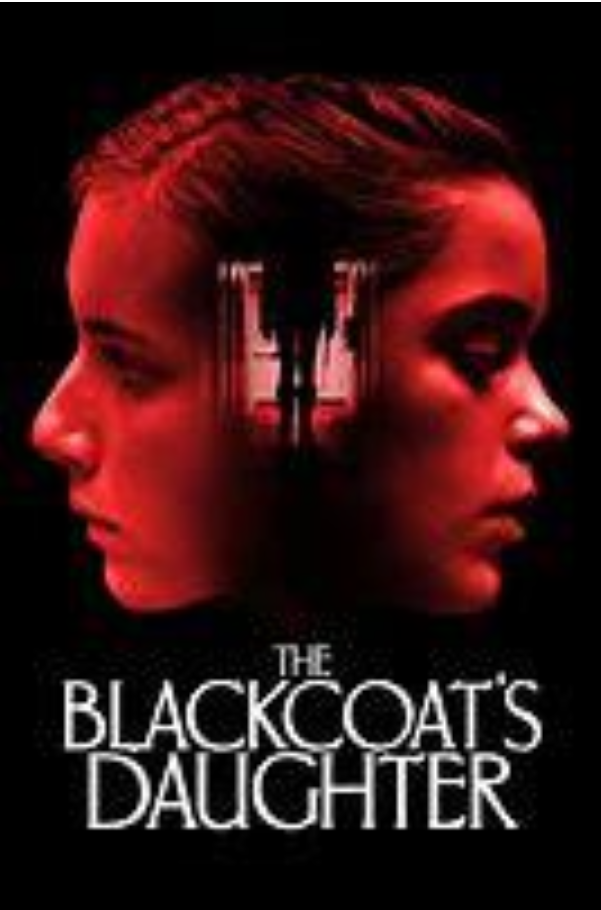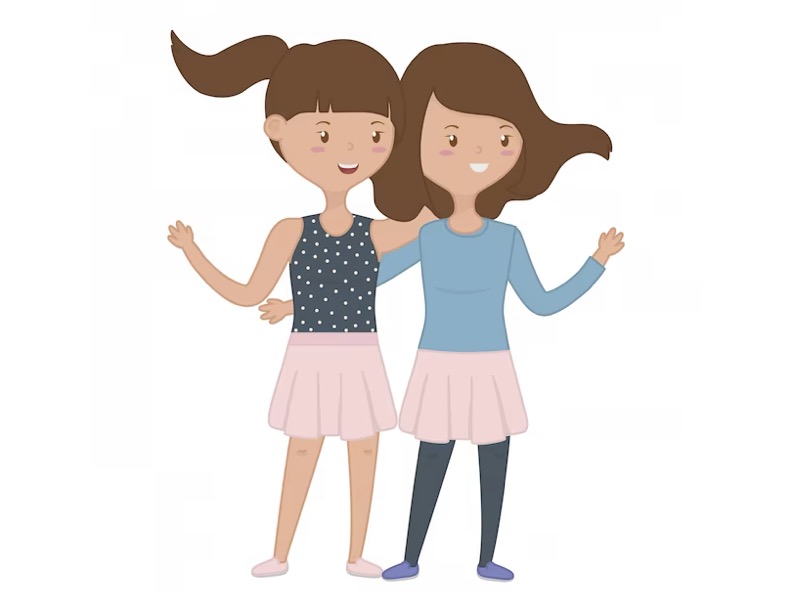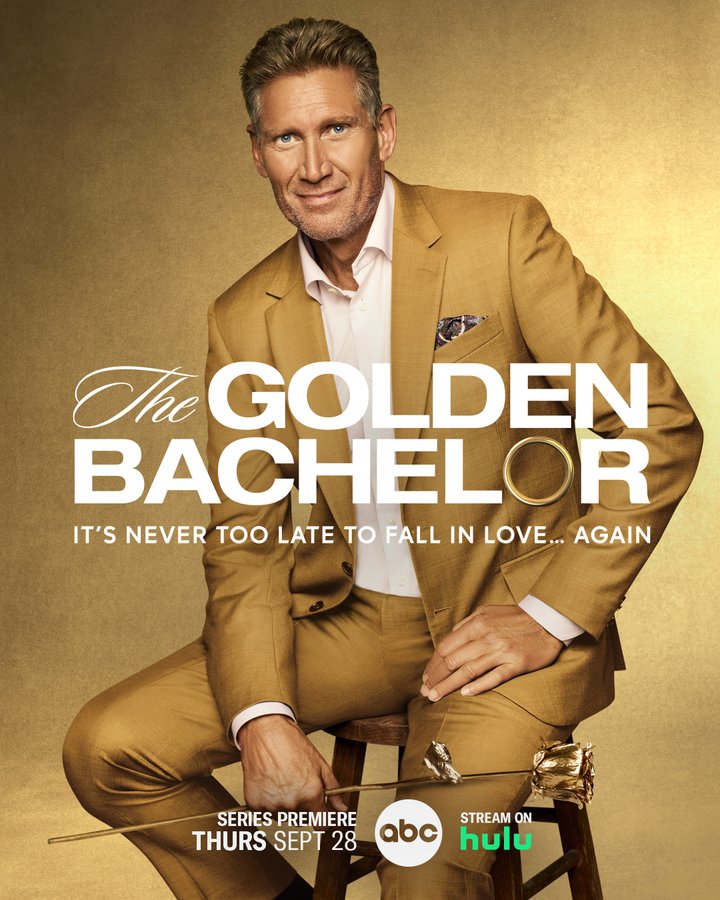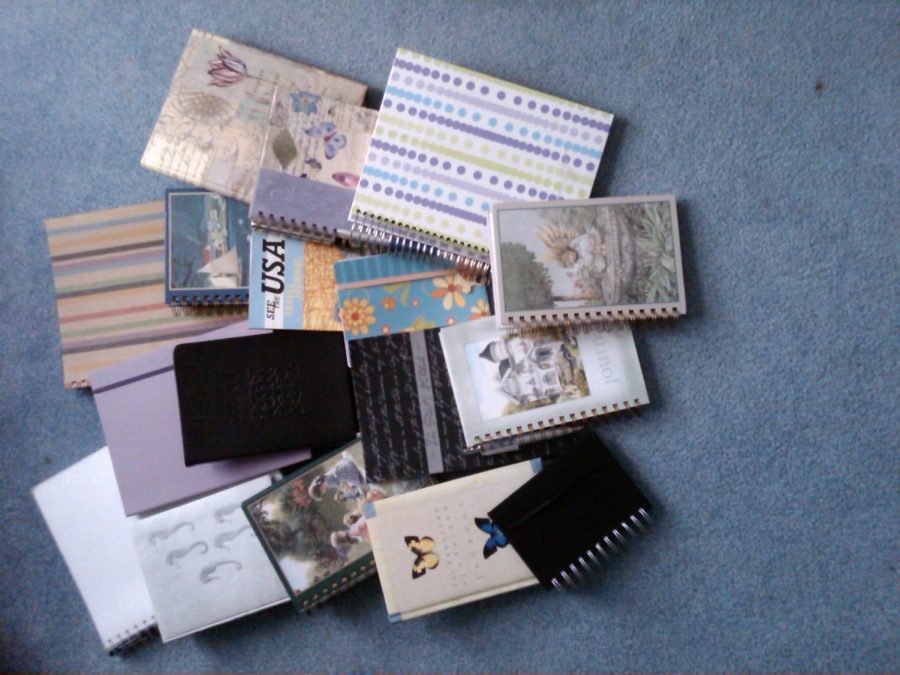5 Ways Teaching Creative Writing Can Benefit The Mental Health Crisis
April 7, 2023
Picture this: you sit down in your freshman English class and your teacher pours a pile of magnets onto your desk. Each magnet has a word. He looks around the room at us and says “now make a poem”. This was my introduction to creative writing. A magnetic poetry kit. My class was thrilled, something fun and something easy. We were competitive but also silly and got to try something we had never done before. It was like we all had just woken up out of our school coma to be involved. When we entered the class, we were disengaged, hopeful for this period to go by fast, telling ourselves “alright it’s just 45 minutes”, but now we were excited to learn, to come back tomorrow and see what the next activity would be.
Creative writing has shown so many benefits to mental health, and we see the evidence in front of us, just like the pile of magnets. Yet, we aren’t using it to our advantage. It took me until High School to find creative writing. Why?
The definition of creative writing is broad and can include so many different mediums as well as genres, and that’s what makes it so exciting. We have endless opportunities with creative writing and how to produce it. Personally, I have used poetry to help me get through some of the most difficult points in my life. When watching Sarah Kay talk about her experience with poetry and how it helps her mental health, I wondered: for whom else is this true, and why? She explains how even when teaching students who are hesitant about writing, it helps to know that the definition of creative writing is broad, and even writing a list is a way to express thoughts with no expectations.
Due to this, I believe creative writing is beneficial to everyone and can be used in so many different ways.
Educators have the opportunity to teach creative writing and its benefits so that they can promote an entirely new unstigmatized generation when it comes to mental health. Creative writing is free, exciting to our brains, beneficial to our physical and mental health, accessible to many individuals, and easy to incorporate into pre-existing lesson plans. Opening the door to that conversation can help lead to the use of healthy coping mechanisms in new generations.
Here’s how and why:
1. Our brains show our excitement for creative writing
Writing creatively instead of the writing we are used to (copying, researching, etc.) can actually make certain surprising parts of your brain light up on an MRI machine. When looking at the parts of the brain that light up when basketball enthusiasts play basketball, researchers found that it is very similar to people writing creatively. Not only does this show the physical evidence for creative writing’s effect on the human brain, it also provides us with an in-depth look at how creative writing is fun, and it can be used as more than therapy–as a hobby in a positive way.
We can use creative writing more than a healthy coping strategy and something that might be viewed as only an outlet when we are in need. Creative writing can be viewed as important as sports or painting; it is a form of art and should be valued as such. There is already an interest within us to create, and embracing this would cause engagement and productivity in the classroom.

2. It’s free!
The United States has a “complicated” healthcare system, to say the least. Our health is expensive. At a time when at least 1 in 5 adults in the United States has a mental health problem, this can be difficult to accommodate. “An hour-long traditional therapy session can range from $65 to $250 for those without insurance” according to CNBC. As a student in college, I am offered free resources through my school, but unfortunately, they are limited. With a rise in mental health disorders comes more demand for care and therapy appointments. It is sometimes difficult to find therapists willing to take in new patients on a regular basis, , including at Universities, where students are constantly under pressure.
Being a “dependent” of my parents also means my insurance is through MassHealth, a generic state insurance that some therapy offices don’t accept. Many people are turning to apps for mental health which cost significantly less than traditional therapy but they lack the professional certification from the “therapists” on these sites.
My proposal? Teach students at a young age the importance of healthy coping strategies. Creative writing is not the solution to all the problems mentioned, and there is a deep problem within our healthcare system itself, but it can significantly help those with minor or developing issues. Creative writing, journaling, and “expressive” writing can be used as positive outlets to help benefit mental health disorders. The best part; they’re free! Not only is this an accessible option, but it doesn’t take as much time as an appointment and can be done anytime, anywhere.
3. Our physical health is benefitted as well
Surprisingly, mental health actually affects physical health as well. Being in a negative mental state can drop your immune system’s guard, letting more sickness seep into your life. Using creative writing as a coping mechanism and an outlet can improve mental health, therefore benefitting our physical health. A common joke in my family is the “pandemic weight” we gained. Sitting at home during quarantine, eating out of boredom, and not being able to move our bodies had a drastic impact on my family. We also all suffered from episodes of isolation and sadness. Personally, for me, it felt impossible to get out of my bed some days. Of course, this circumstance is for one person, myself. But I have heard others feel the same way.
When hit with this sadness, it impacts our ability to move our bodies, fuel them with what they need, and to stay healthy. Using creative writing to help navigate the thoughts surrounding this can help. It has been proven that expressive or “creative” writing benefits our mental health, and multiple common disorders can be treated this way. Not only is it beneficial to our physical health, but it is another reason why this should be taught in schools. Keeping our kids safe and healthy is a priority; it should be kept as such.
4. You can incorporate creative writing into any lesson plan!
Writing can be used to enhance learning with almost every subject and almost every ELA lesson plan. We write to learn, communicate and explore in all of our subjects. Writing connects all of our subjects and careers; we use writing daily, and it is more important than we give it credit for. Due to it being so common, why aren’t we learning the ways it can be used?
I remember learning different genres early in my education. We attempted persuasive essays, five-paragraph essays, short stories, poetry, and research papers. However, it wasn’t until I took a specific class geared toward creative writing that I truly went down the “rabbit hole”.
It doesn’t have to be this way! Creative writing can be incorporated into lesson plans as they are. For example, when teaching new genres in fifth grade such as the five-paragraph essay, also give students the opportunity to write any way they like. Give students a crayon and a piece of construction paper and go to town. Have them express themselves. Give them the freedom to write whatever comes to mind and whatever thoughts they have. Personally, I have had so much exposure to five-paragraph essays throughout my life, I could do it in my sleep. Creative writing on the other hand is different; I just started to learn its ways recently and would have benefitted from more exposure.
I remember doing “do now’s” in my high school courses before class started to get our brains focused on class. Why not have the first five minutes dedicated to creative writing instead of a brain teaser or busy work?
There are so many genres that branch into creative writing like lists, stream-of-consciousness writing, definition poems, and poetry that all can connect to multiple lesson plans already established by the common core. If you open the door to expressivist learning and freedom, you can get some outstanding results.
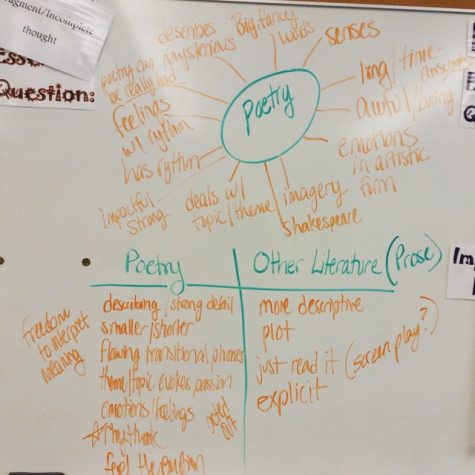
5. Accessibility
What types of creative writing? This is a question I received when I explained the broad genre’s benefits. Creative writing means there are no rules, regulations, or strings, so you can really write however and whatever you want. You could write on anything as long as you are writing. You could write poetry or short stories or a song or in a stream of consciousness. As long as you are writing creatively and expressing your emotions, it still shows the same benefits.
While it is beneficial to write anything and everything you need to down, physically writing it with a hand to paper shows more benefits than other mediums like typing or speaking. Watching yourself write the words you think makes more of an impact on your brain. Reading what you previously wrote can help identify the problem, sometimes you aren’t aware of what is bothering you until you hear yourself say it.
However, any type of writing is good writing when it comes to creative writing. For those with physical disabilities, learning disabilities or individuals without the ability to write physically, having an aid to write for you, using speech-to-text, and practicing different forms of art are all accessible opportunities and beneficial as well to mental health issues.
Overall, creative writing needs to be incorporated into more classrooms as it will benefit us all!
